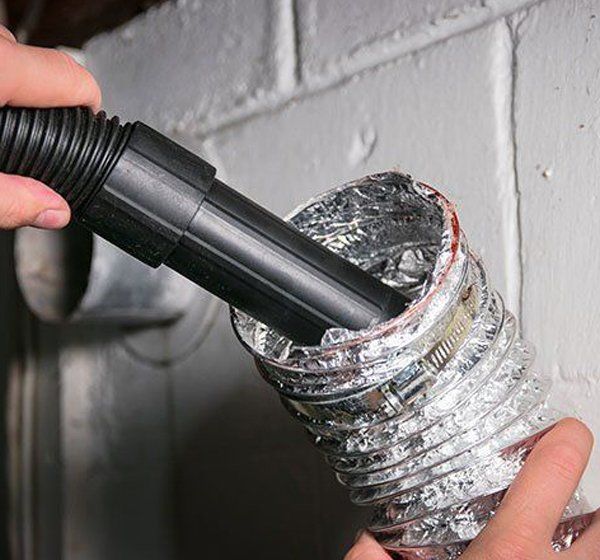Properly Maintaining Your Dryer Vent
The Consumer Products Safety Commission reports that more than 15,600 dryer fires occur annually, causing more than $75.4 million in property damage, injuring 370 people and killing 20. In most cases, the culprit is lint in the heating element—often caused by lint backing up and blocking air flow in improperly installed or dirty ducts. Even dryers with safeguards are susceptible to dryer fires.
In gas dryers, improper or blocked ducts also can cause flue gasses to back up into the house. The odorless, colorless carbon monoxide (CO) fumes can be fatal. At lower levels, CO poisoning mimics flu symptoms (without the fever): headache, weakness, nausea, disorientation and deep fatigue.
Not surprisingly, some fire departments and insurance companies now require that dryer ducts are inspected and cleaned regularly. Kingsborough
can provide regular dryer duct cleaning
to help you meet requirements and avoid potential problems. In addition, properly maintained dryer ducts allow your dryer to operate more efficiently, save energy, time and money, reduce household dust and humidity, and help preserve clothing (many fabrics are damaged by excessive heat).
DRYER VENT HAZARDS
Dryer fires usually start when lint in ducts restricts air flow, which increases drying time and causes the motor to overheat. Lint underneath the dryer can catch fire, and the air draft draws the fire up into the duct. If the duct is coated or blocked with lint, a house fire can result. The problem also can be precipitated by thermostat and limit switch failure, lint inside the dryer, a missing or damaged lint screen, a crushed hose behind the dryer, or a bird’s nest or other debris blocking the vent.
Risk Factors
- Dryer ducts have not been inspected and cleaned in more than a year. They can become clogged and crushed, causing build up to lint.
- Dryer duct length is more than 25 feet (plus five feet for each 90-degree bend), which slows air flow.
- You have a large family and use the dryer often.
- Your dryer has flexible plastic or vinyl duct. It’s inexpensive, but plastic ductwork is no longer code-approved—burning lint ignites it in as little as 12 seconds.
- Your dryer has thin, flexible foil duct. It tends to kink and stop air flow. Instead, use solid metal tubing at least four inches in diameter.
Warning Signs
- Your dryer is still producing heat, but it takes longer and longer to get your clothes dry, especially heavy materials such as towels and jeans.
- Clothes are still damp or hotter than usual at the end of the drying cycle.
- The outdoor flapper on the vent hood doesn’t open when you turn the dryer on.





